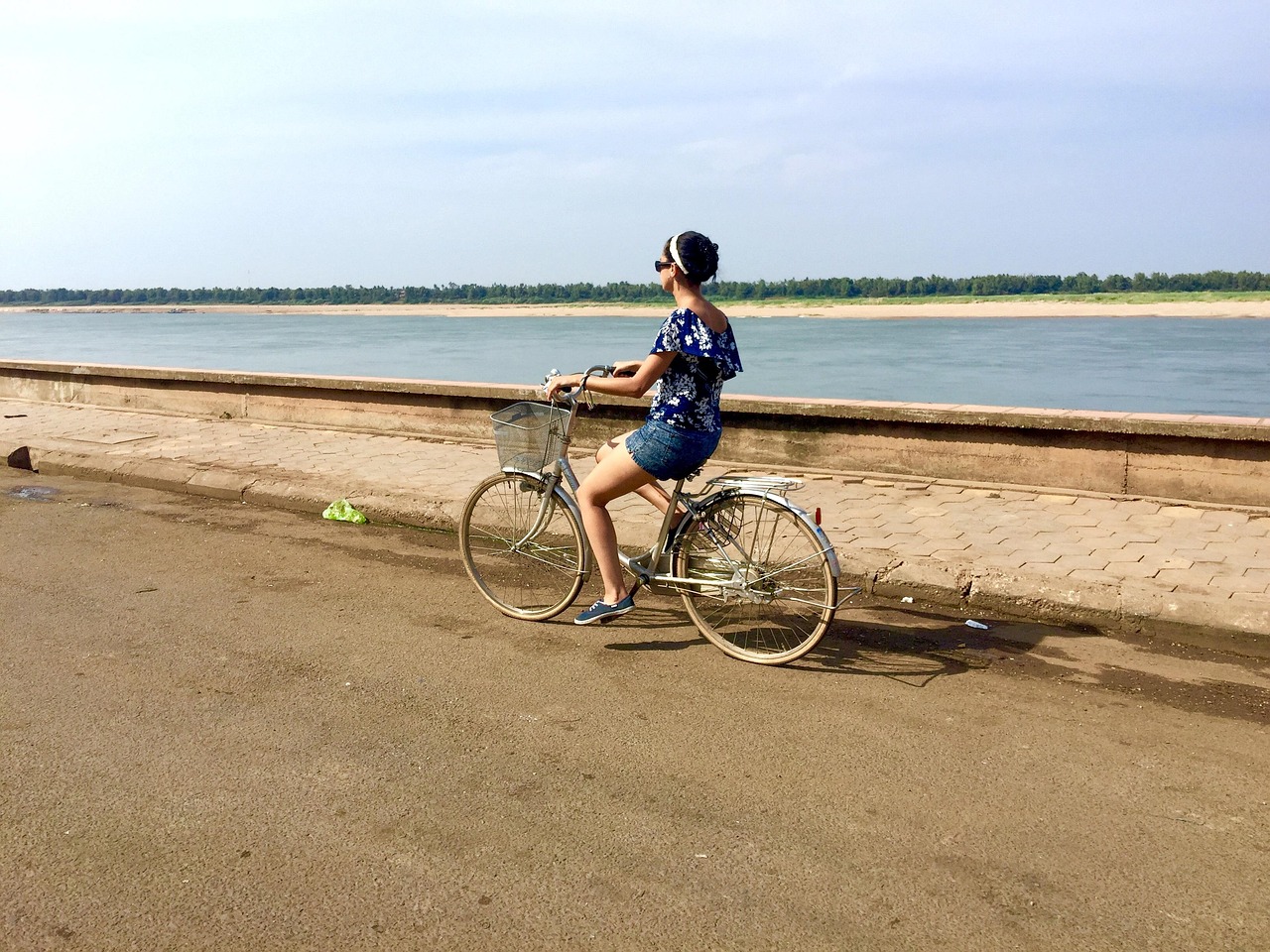In our fast-paced world, it can sometimes feel overwhelming to pause and take a deep breath. Mindfulness practice offers a sanctuary amidst life’s chaos—a chance to cultivate awareness and presence in each moment. Rooted in ancient traditions yet relevant in our modern lives, mindfulness has become a popular approach to enhance mental well-being, improve focus, and create a deeper connection with ourselves and others. This blog post will explore the intricacies of mindfulness practice, its varied techniques, benefits, and actionable tips to help you integrate it into your daily life.
What is Mindfulness?
Mindfulness is the practice of focusing your attention on the present moment without judgment. It involves observing your thoughts, feelings, and bodily sensations while acknowledging them rather than reacting. This simple act can lead to profound changes in how we interact with the world and how we cope with stress.
The Origins of Mindfulness
- Rooted in Buddhist traditions, mindfulness has been utilized for centuries as part of meditation.
- Modern psychology has adopted mindfulness, emphasizing its benefits for mental health and emotional regulation.
Benefits of Mindfulness Practice
Integrating mindfulness into your daily routine can lead to numerous benefits:
- Improved Mental Health: Studies show a decrease in anxiety and depression symptoms among regular practitioners.
- Enhanced Focus: Mindfulness can improve concentration and attention span.
- Greater Emotional Resilience: It fosters a better response to stressors, enhancing one’s ability to cope.
- Better Relationships: Mindful individuals often report improved communication and empathy.
According to a study published in the journal *Psychological Science*, just a few weeks of mindfulness practice can significantly enhance emotional well-being.
Different Types of Mindfulness Practices
Mindfulness can be practiced in various ways. Each type can cater to different preferences and lifestyles:
Formal Mindfulness Meditation
- Sitting Meditation: Typically involves sitting comfortably and focusing on your breath. Start with just five minutes a day.
- Body Scan: Focus on each part of your body sequentially, noting any sensations or tension.
- Loving-kindness Meditation: Cultivates compassion for oneself and others by repeating phrases of goodwill.
Informal Mindfulness Practices
- Mindful Walking: Focus on the sensation of your feet touching the ground and the rhythm of your breath as you walk.
- Mindful Eating: Savor each bite, paying attention to flavors, textures, and the experience of chewing and swallowing.
- Mindful Listening: Fully engage in conversations by giving your complete attention and refraining from judging your partner’s words.
How to Get Started with Mindfulness
Beginning a mindfulness practice can be simple and rewarding. Here are some practical steps to help you start:
Creating a Mindfulness Routine
- Set a Time: Choose a consistent time each day to practice, such as in the morning or before bed.
- Start Small: Begin with a few minutes a day and gradually increase the duration as you become more comfortable.
- Use Guided Meditations: There are numerous apps and online resources that offer guided sessions for beginners.
Staying Consistent
- Track your progress in a journal to reflect on your experiences and growth.
- Join a mindfulness group or class for accountability and community support.
- Be patient and understanding with yourself; mindfulness is a skill that takes time to develop.
Common Misconceptions About Mindfulness
Despite its popularity, misunderstandings about mindfulness abound. Here are a few clarifications:
- Myth: Mindfulness means emptying your mind.
- Truth: It’s about acknowledging thoughts without judgment and returning focus to the present.
- Myth: Mindfulness is just another form of relaxation.
- Truth: While it can promote relaxation, mindfulness also encourages active engagement with your thoughts and feelings.
Conclusion
Mindfulness practice is an invaluable tool for navigating the challenges of modern life. By enhancing your awareness and presence, you can experience improved mental health, better relationships, and greater emotional resilience. Whether through formal meditation or incorporating mindfulness into daily activities, the key is to begin and remain patient with your progress. Remember, the journey to mindfulness is not about perfection; it’s about embracing each moment as it comes. Take a deep breath, start small, and watch as the power of mindfulness transforms your life.






